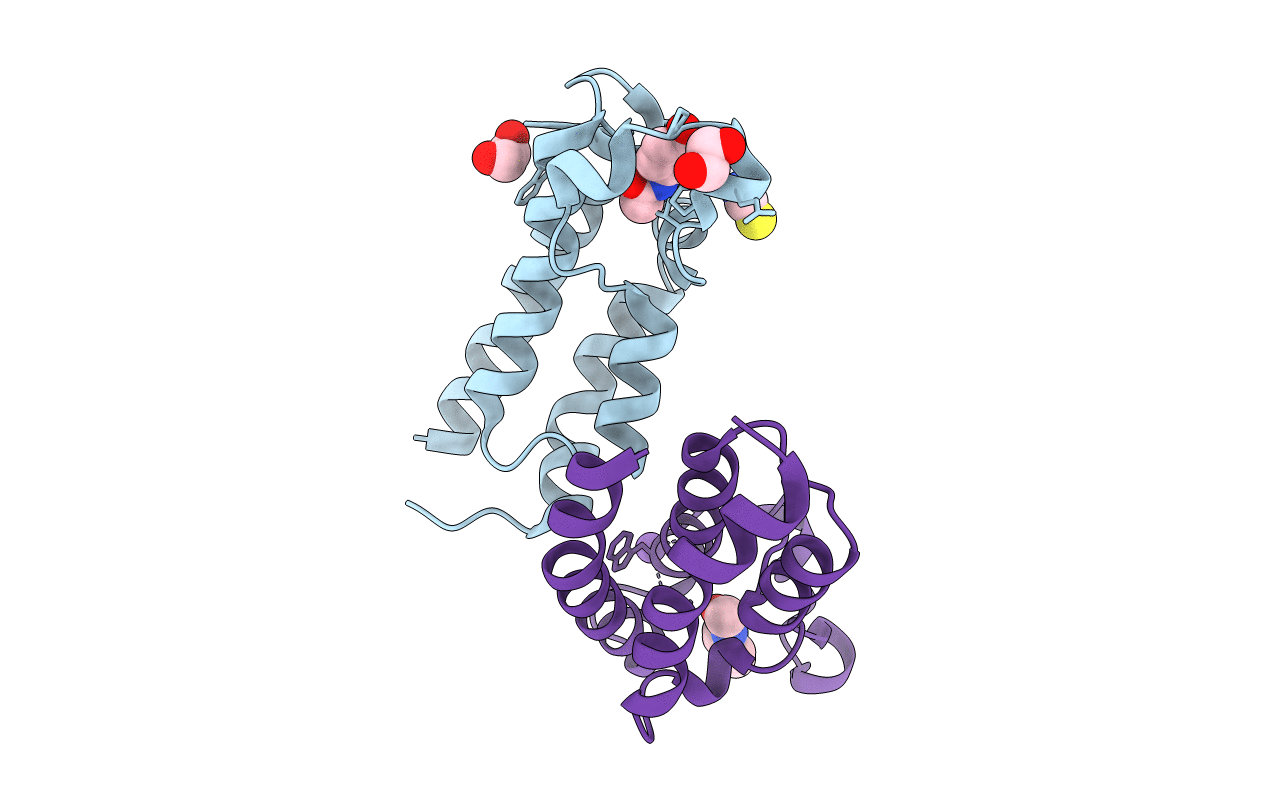
Deposition Date
2011-11-26
Release Date
2012-01-11
Last Version Date
2024-05-08
Entry Detail
PDB ID:
4A9K
Keywords:
Title:
BROMODOMAIN OF HUMAN CREBBP WITH N-(4-hydroxyphenyl)acetamide
Biological Source:
Source Organism:
HOMO SAPIENS (Taxon ID: 9606)
Host Organism:
Method Details:
Experimental Method:
Resolution:
1.81 Å
R-Value Free:
0.19
R-Value Work:
0.16
R-Value Observed:
0.16
Space Group:
H 3


